BLACKFOOT — On a sunny but cold Thursday morning, Karl Nevada’s parents, grandmother and cousin were hurriedly preparing him for a powwow that was beginning in minutes.
His father, Derek Nevada, added feathers to his belt, and his mother, Makalia Eagle, fastened bells around his ankle.
“I was taught from my dad to keep going, to keep this alive,” Derek Nevada said.
And now he’s doing the same for his son.
Soon, the time came — and a quiet, empty parking lot at Donald D. Stalker Elementary was transformed into a powwow, complete with drumbeats, dancing, brightly-colored regalia, and a community of children and adults who came together to celebrate Native American culture.
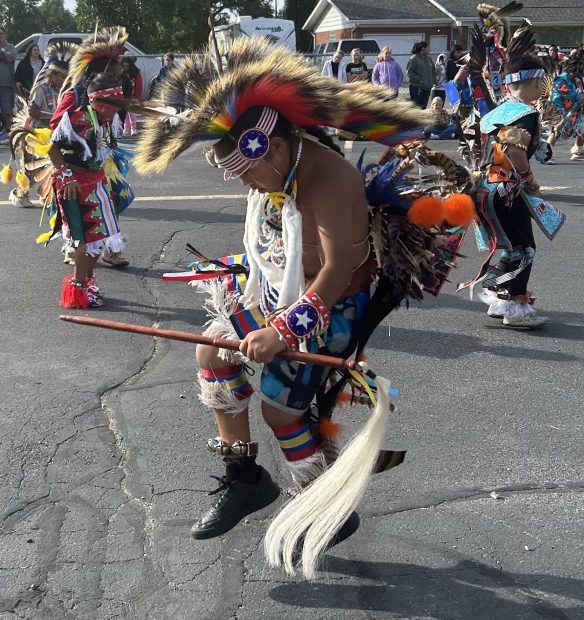
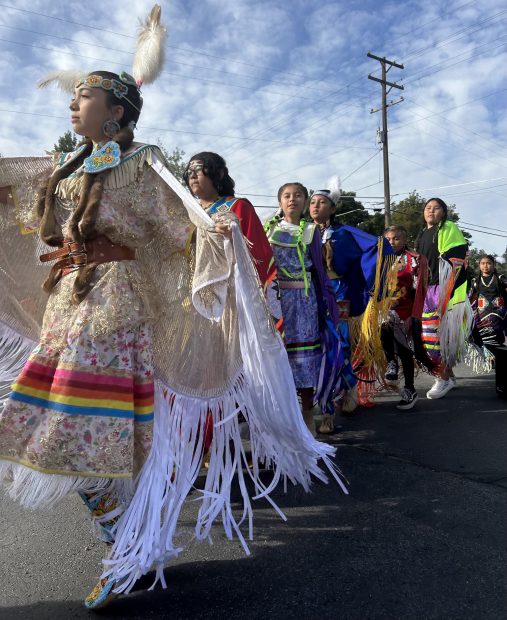
It was all part of Blackfoot school district’s American Indian Week, which features daily celebrations of Native American culture. It’s a unique week that few districts host.
Michelle Hernandez, an Indian Education cultural teacher, said the district’s proximity to the Fort Hall reservation means many Native American students attend the district, and it’s important for them to share their culture with their peers.
“We try to let it be known that we’re still here and we still live our ways,” she said.
Stalker Elementary is especially diverse, and nearly 16% of its students are Native American. For that reason, the week of celebrations is especially important, Principal Anthony Peterson said.
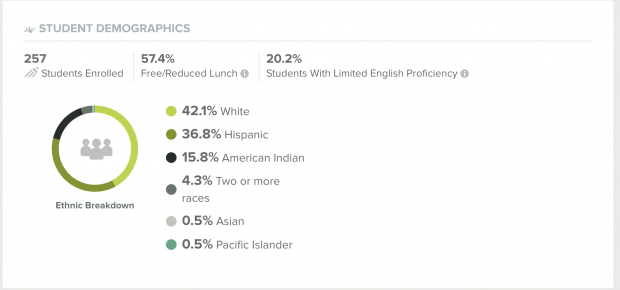
“We see it unites kids because we have groups of students who get to celebrate their culture, and we get groups of students that get to learn things from a different culture,” he said. “It’s one of those educational experiences that we give kids in our schools that we’ll never see on an ISAT or an IRI, but it’s going to be so beneficial. These are the experiences that both our non-Native and Native kids are going to remember from their elementary years.”
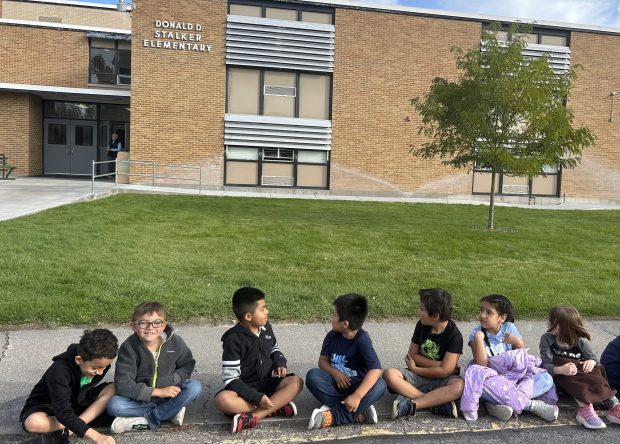
Georgina Marshall, a parent of three students who were dancing Thursday, said American Indian Week is “really important for kids to connect spiritually and emotionally.”
“It helps them feel more connected to their community,” she said. “And I think it also increases the exposure to the outside community and helps them respect and understand our culture and how we do things and why we do things in that way.”
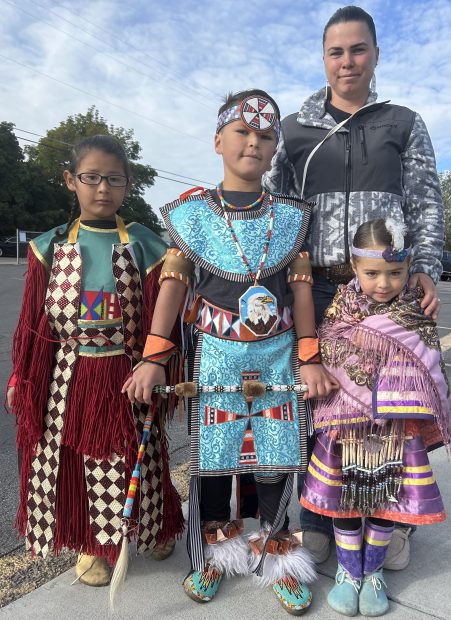
For further reading on Native American students, check out our series: Still Here: Tribes fight to be seen in Idaho Classrooms
